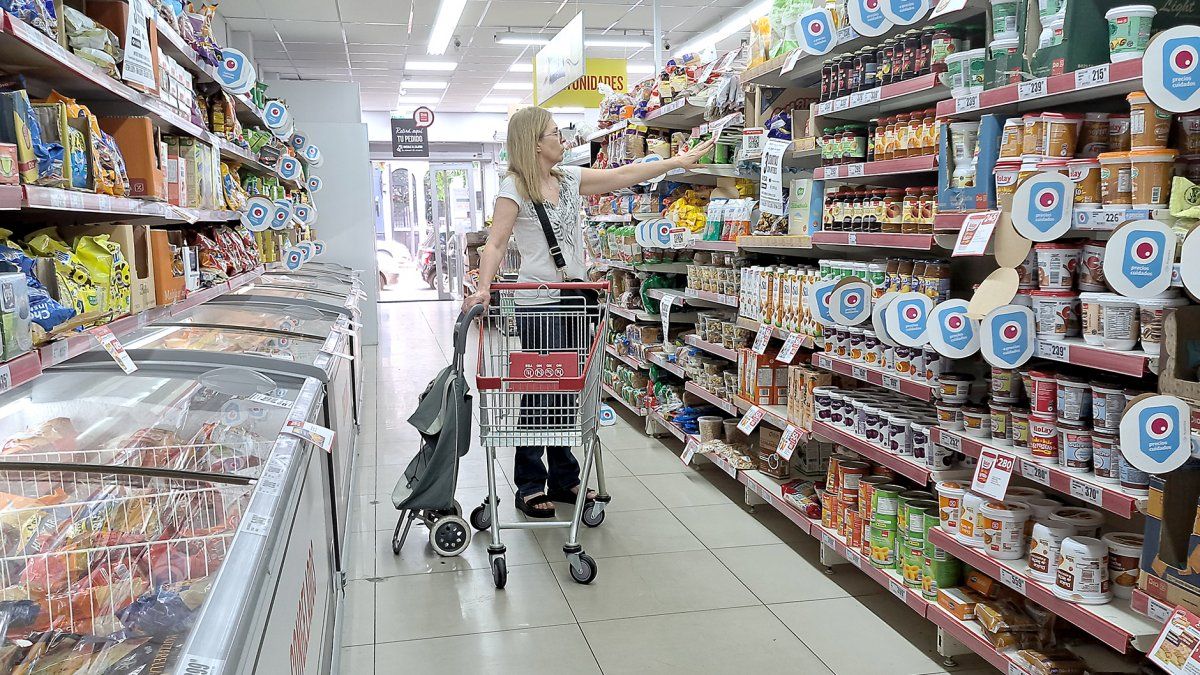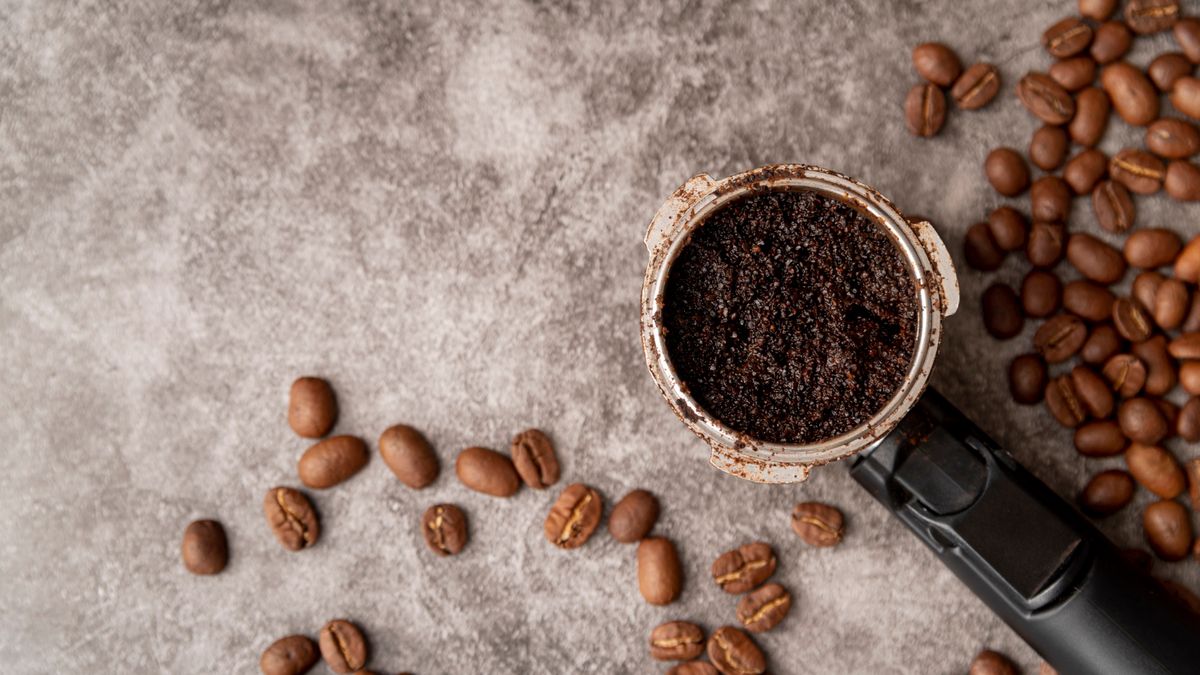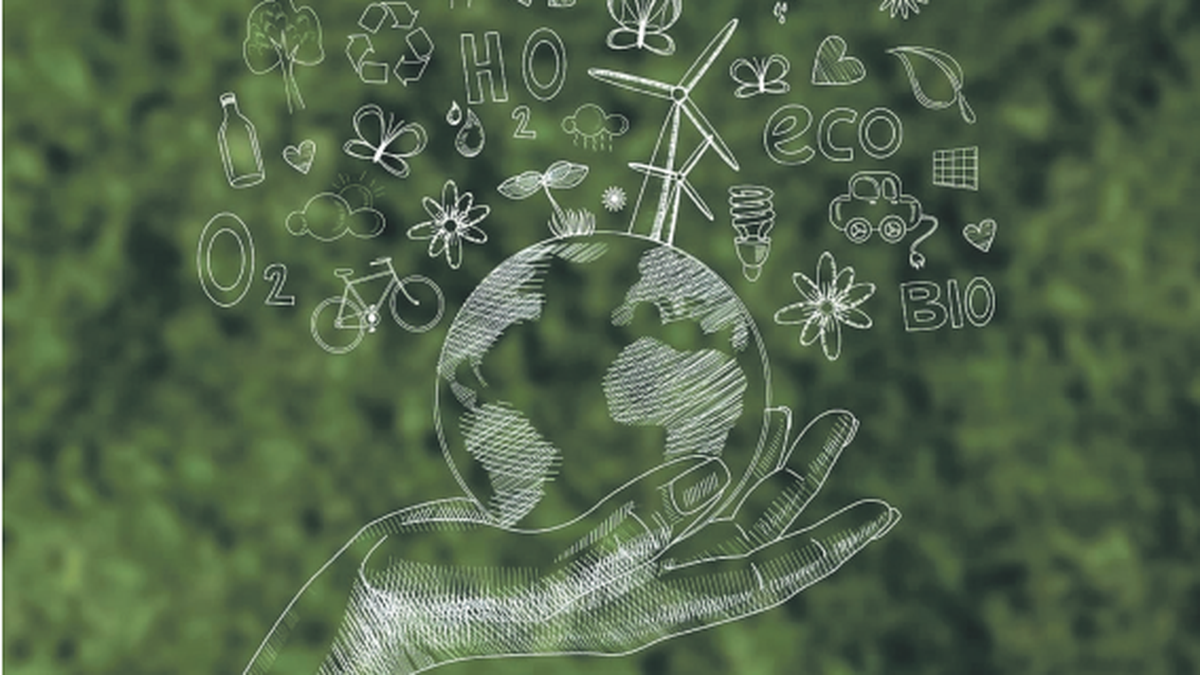For each case, the CPI of the consultant orlando ferreres registered a variation in February 6.4% monthly (the firm’s measurement in January had shown inflation of 5.2%) and recorded year-on-year growth of 101.5%.
Regarding the main items, ‘Food and drinks’ and ‘Health’ led the increases for the month, registering monthly increases of 9.0% and 7.7% respectively, followed by ‘Recreation’ and ‘Transportation and communications’, which presented a variation of 6.8% and 5.5% respectively”, pointed out from the consultant, and detailed that “the core measurement, for his part, showed a variation of 6.7%”.
For its part, the survey of retail prices of C&T for Greater Buenos Aires, presented a monthly increase of 6.2% in February, below the 6.4% it had in January, but “well above the 4.1% of February 2022”. “If the INDEC CPI were to show 6.2%, official inflation would be around 101.7% nationwide, reaching three digits for the first time since October 1991,” they projected from the firm.
“February is usually a month of relatively low inflation, but not this year. To a large extent, this abnormal behavior was due to the 9.2% rise in the food and beverages category, the one with the highest weighting. In general terms, there was an acceleration of all its main components, but the most outstanding aspect was the 20% increase in meat, a process that had already started in January and that was accentuated in February”, detailed from C&T.
They added that “This dynamic has as a consequence a very important statistical drag effect for March, that for food and beverages it is 3.5% and for the total CPI it is close to 1.5%, which will boost the increases that usually occur in that month and those already announced in various regulated items”.
For his part, from the Freedom and Progress Foundation They pointed out that the CPI they survey had a monthly advance of 5.7% in February (in January, his poll had given 6.3%). “There was a slight deceleration (0.3 percentage points) compared to the January data. Despite this, the year-on-year variation reached three digits and stood at 100.7%, surpassing the 98.8% in January”, they estimated from the firm.
And they agreed that The item “with the greatest increase and incidence in the index was ‘Food and Non-Alcoholic Beverages’, registering a monthly variation of 9.8% and an incidence of 2.3pp. In addition to being the one that increased the most in the month, it is also the one with the highest weighting in the CPI (23%) due to its relevance in the consumption of Argentines”.
pressure for march
Inflation close to 6% in February would leave a floor and high inertia for March. In fact, as remarked from Libertad y Progreso, for the third month of the year they expect “That the index presents a marked acceleration compared to February, given the conjunction of two effects.” “First of all, the seasonal component implies greater pressure on inflation, motivated by the start of activities such as the school year and its consequent consumption. On the other hand, a series of increases in regulated prices is expected that will push up the general CPI, among which the following stand out: private schools, gasoline, public transport, rentals, prepaid and electricity, gas and water rates”, they highlighted.
From capital foundationfor their part, predict that inflation in February “ends around 6% per month, consolidating a floor similar to that of January.” “Additionally, the month of March could set an even higher recordaround 6.5% per month, in line with typical increases for the month associated with the beginning of the school year and the autumn/winter season in clothing and footwear”, they highlighted.
“Furthermore, two thirds of households will receive an update in the gas rate, between 40% and 50% depending on the household income (except for beneficiaries of the social rate who will not have increases), which would add half a point to the record inflation for the month. In addition, the large users of businesses and industries will have increases of around 70% that, although they will not directly impact the CPI, they will do so indirectly through higher costs that will be transferred to final prices”, they concluded.
Source: Ambito




